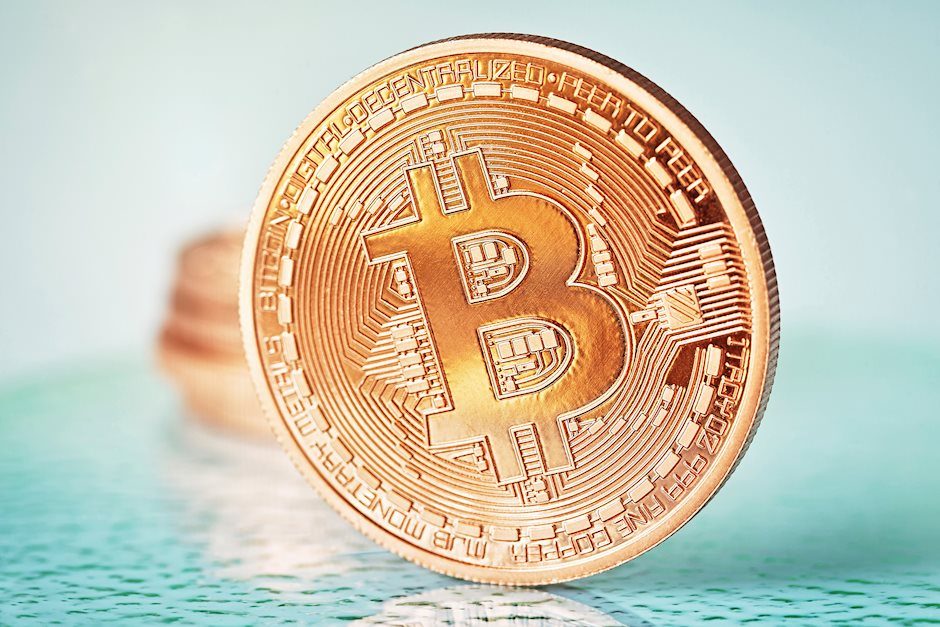How Bitcoin is transforming Latin America

Latin America is one of the most complex regions in the world regarding macroeconomics. The region faces various economic challenges, such as high inflation, lack of financial inclusion, and political instability. However, these challenges have also created opportunities for innovation and adoption of cryptocurrencies, especially bitcoin.
Bitcoin is a decentralized digital currency operating on a peer-to-peer network without intermediaries or central authorities. Bitcoin offers several advantages over traditional fiat currencies, such as lower transaction costs, faster and borderless payments, censorship resistance, and protection from currency devaluation.
In recent years, the bitcoin market in Latin America has evolved significantly, driven by factors such as inflation, regulation, innovation, and adoption. Here are some highlights of how Bitcoin is transforming Latin America in 2023.
Regulation
Some Latin American governments have taken steps to regulate and facilitate the use of cryptocurrencies in their jurisdictions. Some countries have launched or planned to launch their central bank digital currencies (CBDCs), digital versions of their national coins issued and controlled by the central banks. For example, Brazil, Colombia, and Uruguay intend to develop their CBDCs.
Other countries have recognized Bitcoin as a legal tender, meaning it can be used as a valid means of payment for goods and services and a unit of account for taxes and debts. El Salvador became the first country in the world to do so in September 2021, followed by Panama in October 2021. Several neighboring countries, such as Argentina, Brazil, Nicaragua, Paraguay, and Peru, have also expressed interest or support for bitcoin adoption
Inflation
Many Latin American countries have faced high inflation rates, which have eroded the value of their local fiat currencies. Inflation is a general increase in the prices of goods and services over time, reducing money's purchasing power. According to the International Monetary Fund (IMF), the average inflation rate in Latin America was 8.9% in 2022 and is expected to reach 10.5% in 2023.
This has increased the demand for Bitcoin as a store of value and a hedge against currency devaluation. A store of value is an asset that can preserve its value over time or even increase it. A fence is an investment that can offset the losses from another investment or risk. Bitcoin has these properties because it has a limited supply of 21 million coins and a predictable issuance rate that any entity cannot manipulate.
For example, Argentina had an inflation rate of 113.4% in July 2023, while Venezuela had an inflation rate of 115% in June 2023. Both countries have seen a surge in bitcoin transactions and adoption, with cities like Buenos Aires and Mendoza accepting cryptocurrencies for tax payments and Venezuela receiving $37.4 billion in cryptocurrency transactions in 2022.
Innovation
Latin American companies and entrepreneurs have also been at the forefront of crypto innovation, exploring the potential of blockchain technology to address regional challenges and opportunities. Blockchain is a distributed ledger that records transactions securely and transparently without the need for intermediaries or central authorities.
For instance, Mercado Bitcoin, the largest crypto exchange in Latin America, issued Brazil's first stablecoin, MBRL, in partnership with Stellar. A stablecoin is a type of cryptocurrency pegged to another asset, such as a fiat currency or a commodity, to reduce its volatility. MBRL is pegged to the Brazilian real and aims to provide faster and cheaper cross-border payments.
Another example is Bitso, a Mexican crypto exchange that has expanded its operations to Argentina, Brazil, Colombia, and El Salvador. Bitso has partnered with Strike, a Lightning Network-based payment app, to facilitate Bitcoin remittances and transactions in El Salvador. The Lightning Network is a layer-two solution that enables instant and low-cost Bitcoin payments by creating channels between users without congesting the main blockchain.
Adoption
These factors have resulted in a remarkable growth of crypto adoption in Latin America. According to Chainalysis, a blockchain analytics firm, Latin America accounted for 9.1% of the global crypto value received in 2022, totaling $562 billion from July 2021 to June 2022. This represents a 40% increase from the previous year.
Four Latin American countries ranked among the top crypto adopters in the latest Chainalysis Global Adoption Index: Venezuela (3rd), Colombia (8th), Argentina (9th), and Brazil (10th). The index measures the level of crypto activity and engagement among the population, using metrics such as on-chain value received, peer-to-peer exchange trade volume, and web traffic. These countries have shown a high level of crypto activity and engagement among their populations, especially among the unbanked and underbanked segments.
Antonio Palacio, Managing Director of Bitsa Card, stated:
“Bitcoin is changing the lives of millions of consumers in Latin America. Cryptocurrency is helping different countries in the region improve their financial inclusion and fight against high inflationary economies.”
Conclusion
The bitcoin market in Latin America has evolved rapidly and dynamically in 2023, reflecting the diverse and complex realities of the region. Bitcoin has become a viable alternative for many people who face economic and financial challenges or seek new opportunities in the digital economy. The future of crypto in Latin America will depend on how governments, businesses, and consumers continue to embrace and shape this emerging technology.
Author

Juan Frers Allan
Paxful
Professor at the University of Buenos Aires in the School of Economics. Professor at the University of Chile in Fintech and Cryptocurrencies course. Researcher at the University of Buenos Aires.




